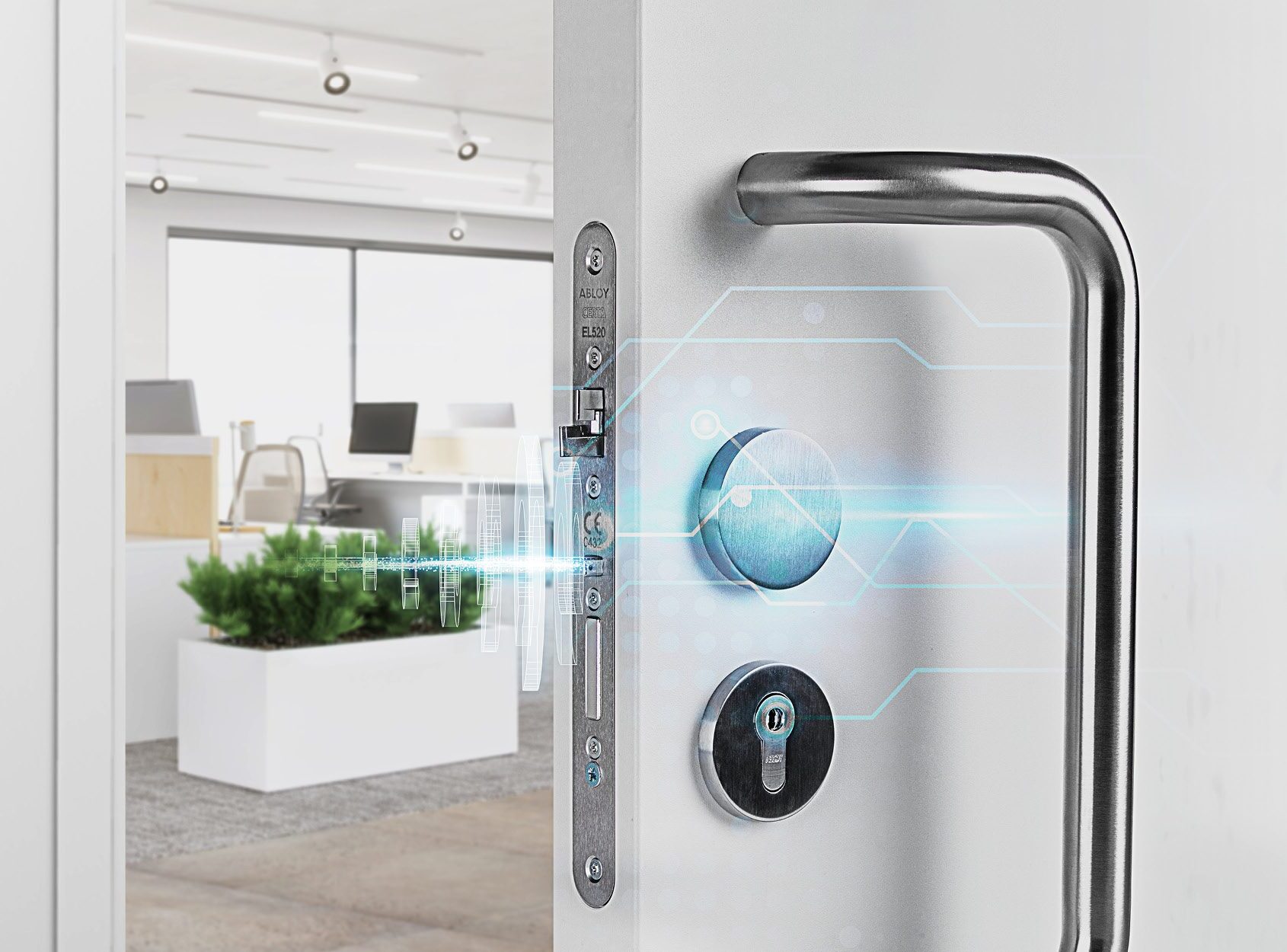
The developers behind Jabbakam, the cloud-based online video surveillance and security system, have redeveloped and re-launched the product as a corporate-grade surveillance solution under the name Cloudview.
I sat down with Cloudview founder James Wickes recently to find out why he thinks his solution will revolutionise the corporate security market.
Jabbakam was developed in 2010 as a video management system to allow people to record CCTV surveillance video to an internet server and view the footage online. It also allows users to network IP cameras together and share the footage either privately or with a wider audience.
The Jabbakam VMS works with its own brand cameras or a selected range of IP cameras from companies such as Y-Cam and Axis.
Despite being designed primarily for the domestic market, Jabbakam attracted a great deal of interest from the corporate market, Wickes said. “On the basis of that, we developed Cloudview and changed the company name.”
With Cloudview, the product is first and foremost an analogue camera solution. Using a Cloudview video network adapter (VNA), users can stream analogue cameras to the cloud storage system using automatic event triggers or manual activation.
The VNA includes a built-in video encoder, SD card slot for local storage and network adapter as well as a USB slot for plugging in a wireless network adapter or 3G wifi device.

Simples
Wickes said that Jabbakam had taught him the importance of keeping things simple. “The key challenges highlighted through the Jabbakam experience were the cost and difficulty of setting up cameras for remote access, so we set out to develop a plug-and-play solution to allow you to plug a camera into the internet easily and securely. That meant developing the box for the camera end and of course the cloud service.”
The built-in firmware in the VNA will create secure TLS connections with the Cloudview servers which creates an encrypted pipe for the video surveillance data.
Cloudview hosts its visual network system (VNS) on the Amazon S3 cloud storage service. Charges for use of the service are based on how much storage you use, which will be based on how long video is retained, whether recordings are event driven or continuous and what frame rate is chosen.
Cloudview supports some video analytics including motion detection which can be configured through the web-based VNS. Recording can also be triggered by your alarm system through a digital communicator.
Wickes said that Cloudview is intended to be a useful add-on to existing CCTV systems, enabling users to access cameras over the internet that previously would have been difficult to connect either because they were analogue or because there wasn’t an easily accessible broadband link.
The market for video surveillance as a service, or VSaaS, is already well occupied by the likes of Axis and Panasonic and resellers such as Stanley Security, but Wickes insisted that Cloudview is different.
“What we are doing that they are not doing is providing remote CCTV access in a box. If you want to use the Panasonic or Axis solutions, you have to use their hardware,” he said. “You still have to use third-party hardware to connect to the internet, so a router, a firewall and a network engineer. With our solution, you don’t need that.”
And he added pointedly: “Our solution works in an analogue environment, taking an analogue camera and plugging it into a digital world.”
Like many people before him, Wickes has noted the longevity of analogue, almost in spite of the cheerleaders for IP video. “People like analogue because they are quite simple to install and they work well. There are millions of them out there so why not offer something that will bring them into the digital world?”
One account
Using the VNS, users can connect as many cameras they like from various locations to one account, creating a virtual network (“network” is my interpretation – Wickes doesn’t like the term because it implies it’s open and potentially unsecure but he couldn’t suggest a better term to use).
Administrators can enrol users and assign them various rights to either groups of cameras or individual cameras, along with various administrative and user rights.
Security is built on the TLS protocol which secures the data between the local VNA adapter and the VNS cloud application. At the cloud level, security is provided through the normal password protocols, with stored data being encrypted.
The cost to purchase the box and run the service for the first year is estimated to be around £200, but it would depend on how much video was being stored in the cloud, so there is scope for the cost to rise if you require large amounts of cloud storage.
Wickes said that the company has user tested around 50 units and the feedback has been positive. Since interviewing him for this article, the company has started to sell units and Wickes is pleased with the way sales are taking off.
Generally users report that it’s very easy to install, but Wickes admits that occasionally they get someone who can’t get it to work. In those cases, most of the problems have been resolved by referring the user to the instruction manual. It’s designed to be simple to install, said Wickes, but “actually you do need to have a quick look at the instructions before you install it.”
Retrofit
While there are other cloud-based video monitoring solutions on the market, Cloudview is clearly aiming to tap into the demand for an off-the-shelf solution to enable users to retrofit their existing analogue cameras and take advantage of the trend in cloud-based VSaaS solutions.
For those who need to achieve the same ends with IP cameras, Cloudview is rolling out a firmware upgrade (free updates are included in the price of the unit), expected to be available by the end of March, that will enable IP camera connectivity as well.
While you could achieve the same outcomes with different hardware, the Cloudview package is designed to make life simple for end users, especially those who are not technically proficient with IP networks.
Wickes said that the company has already spent several million pounds developing the product and expected to spend some millions more on subsequent generations which is, if nothing else, a sign of just how confident Wickes and his backers are that the cloud will revolutionise CCTV video surveillance.
Links
www.cloudview.co


















